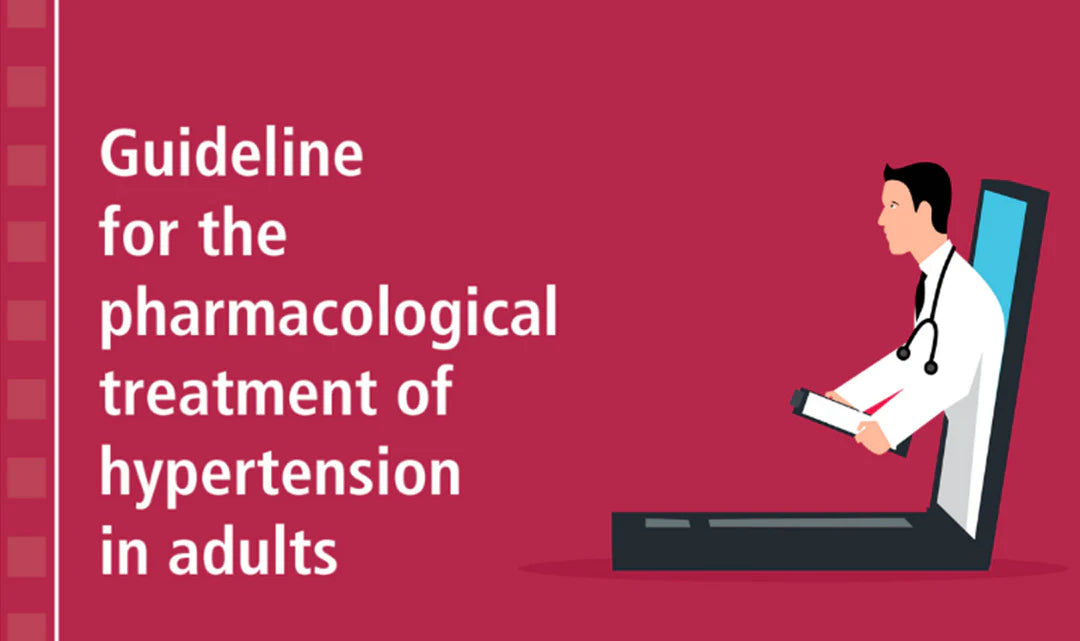The first comprehensive global analysis of trends in hypertension prevalence, detection, treatment and control which was led by Imperial Collage London and WHO was published recently in The Lancet. The report indicated that the number of adults aged 30-79 years with hypertension has increased from 650 million to 1.28 billion in the last thirty years. Nearly half these people did not know that they were suffering from hypertension.
Meanwhile, the “WHO Guideline for the pharmacological treatment of hypertension in adults” was released, which would provide new recommendations to help countries improve their management of hypertension. The guideline provides 8 general recommendations about hypertension management. The recommendations cover the level of blood pressure to initiate medication, what type of medicine or medicines to use, the target blood pressure level, and how often to have follow-up checks on blood pressure. Rather, the guideline also suggest the pharmacological treatment of hypertension that can be provided by nonphysician professionals so that they can also contribute to improving hypertension detection and management.

Dr Taskeen Khan, of WHO’s Department of Noncommunicable Diseases, who led the guideline development, said: “The new global guideline on the treatment of hypertension, the first in 20 years, provides the most current and relevant evidence-based guidance on the initiation of medicines for hypertension in adults.”
Let’s take a closer look at the 8 recommendations that the guideline provides.
1.Recommendations on blood pressure threshold for initiation of pharmacological treatment:
- WHO recommends initiation of pharmacological antihypertensive treatment of individuals with a confirmed diagnosis of hypertension and systolic blood pressure of ≥140 mmHg or diastolic blood pressure of ≥90 mmHg.
- WHO recommends pharmacological antihypertensive treatment of individuals with existing cardiovascular disease and systolic blood pressure of 130–139 mmHg.
- WHO suggests pharmacological antihypertensive treatment of individuals without cardiovascular disease but with high cardiovascular risk, diabetes mellitus, or chronic kidney disease, and systolic blood pressure of 130–139 mmHg.
- thiazide and thiazide-like agents
- Angiotensin-converting enzyme inhibitors (ACEis)/angiotensin-receptor blockers (ARBs)
- long-acting dihydropyridine calcium channel blockers (CCBs).
- WHO recommends a target blood pressure treatment goal of < 140/90 mmHg in all patients with hypertension without comorbidities.
-
WHO recommends a target systolic blood pressure treatment goal of < 30 mmHg in patients with hypertension and known cardiovascular disease (CVD).
7.Recommendations on frequency of assessment
- WHO suggests a monthly follow up after initiation or a change in antihypertensive medications until patients reach target.
- WHO suggests a follow up every 3–6 months for patients whose blood pressure is under control.




Leave a comment
This site is protected by hCaptcha and the hCaptcha Privacy Policy and Terms of Service apply.